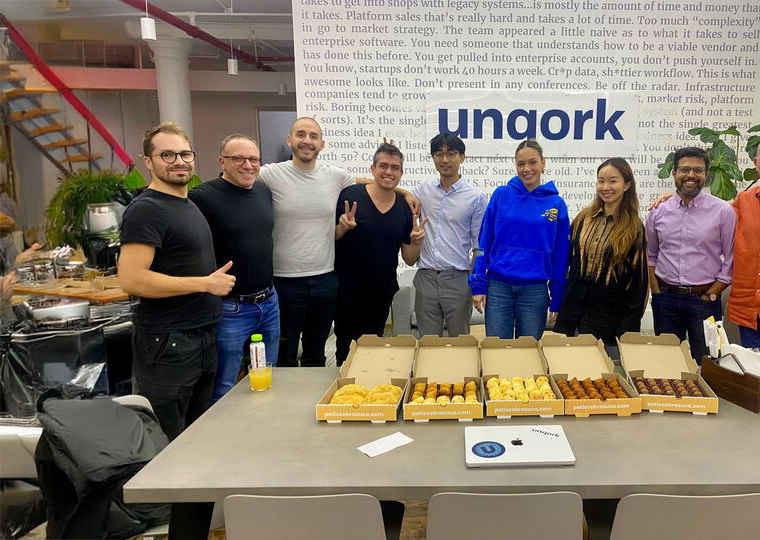One of the most exciting things about Unqork’s no-code platform is that it opens the development process to a wider spectrum of users, or “Creators,” as we refer to users on our platform. With Unqork, non-technical Creators (e.g., business team members, SMEs, or even executives) can directly apply their expertise and experience without the mediation—or, occasional mistranslation—of IT.
Most non-IT Creators will spend their time in the Designer section of the platform, which provides an intuitive drag-and-drop UI for building, editing, and ordering repeatable components (or what we call “modules”) representing both user-facing elements and business logic.
This democratization has many inherent benefits, such as enhanced collaboration, accelerated development cycles, and reduced reliance on specialized (i.e., expensive) IT skillsets. However, it also brings complications: Notably, the increased potential that one Creator might make a change that—either accidentally or incidentally—negatively impacts other parts of the application or environment. (Indeed, another ease-of-use benefit of Unqork is the fact that it automatically fixes any cascading effects of a single change, so making a change in one part of an application doesn’t necessitate making changes in dozens.)
Fortunately, Unqork offers a simple solution to address these challenges without impacting the benefits. With role-based access control (RBAC), administrators can grant permissions to specific teams or individuals who access the Designer section, resulting in greater control, enhanced security, and peace of mind.
How it Works
Designer RBAC provides application administrators with the ability to manage access to key parts of the Designer experience to specific teams or even individuals.
Administrators, for example, can grant specific Creators the ability to build new modules, while others would only be able to edit them, others might only be able to view them, and some might have no access to certain modules at all.

This is important in a collaborative environment like Unqork. For example, an insurer might use the platform to develop both its customer-facing auto insurance app as well as its field-agent-facing life insurance app. Each application may have specific modules that are not relevant to the other, so an administrator may choose to limit access only to those who need them.
From a security and regulatory perspective, Designer RBAC provides organizations with precise control over which employees or teams can access Personally Identifiable Information (PII) and other sensitive information flowing through the system, while still maintaining the platform’s collaborative open nature.
Using the Designer RBAC administration page, administrators can easily control various Creators’ abilities to view, update, create, delete, or promote/deploy elements related to the application (this is the area that most Creators will directly interact with, it includes permissions related to modules and workflows); themes (these are permissions related to style administration, which affects the look of an application once rendered); reference data (this includes data imported from external sources, including PII); services (this includes potentially sensitive data like API credentials); and more.
Collaboration Without Confusion
Collaboration is a fantastic new chapter in the story of enterprise development, but it is also necessarily a more complicated one. Fortunately, Designer RBAC allows organizations to enjoy the benefits of no-code-powered democratization while still maintaining control and security.





